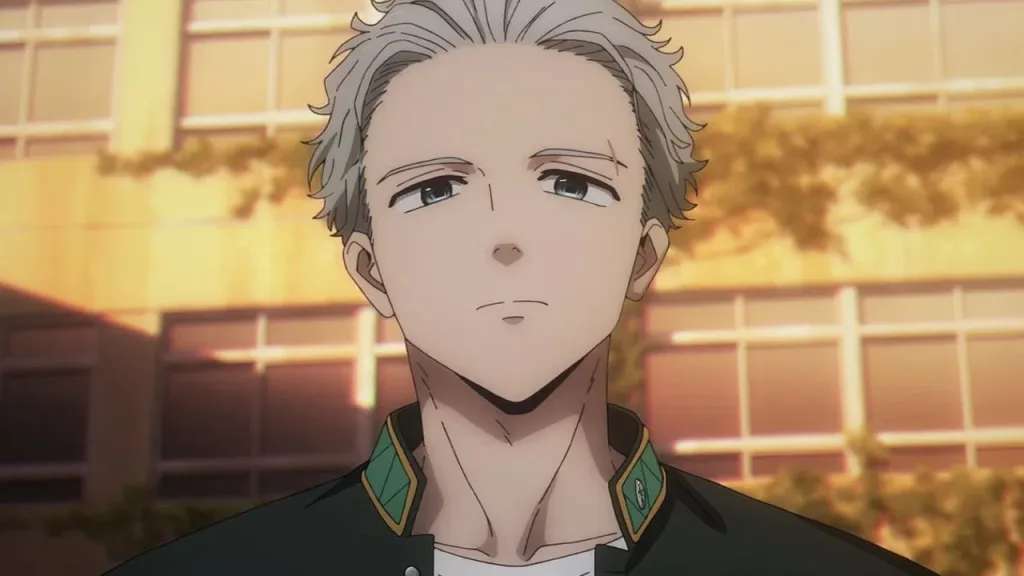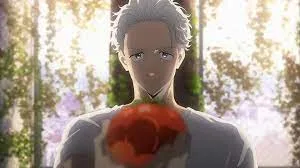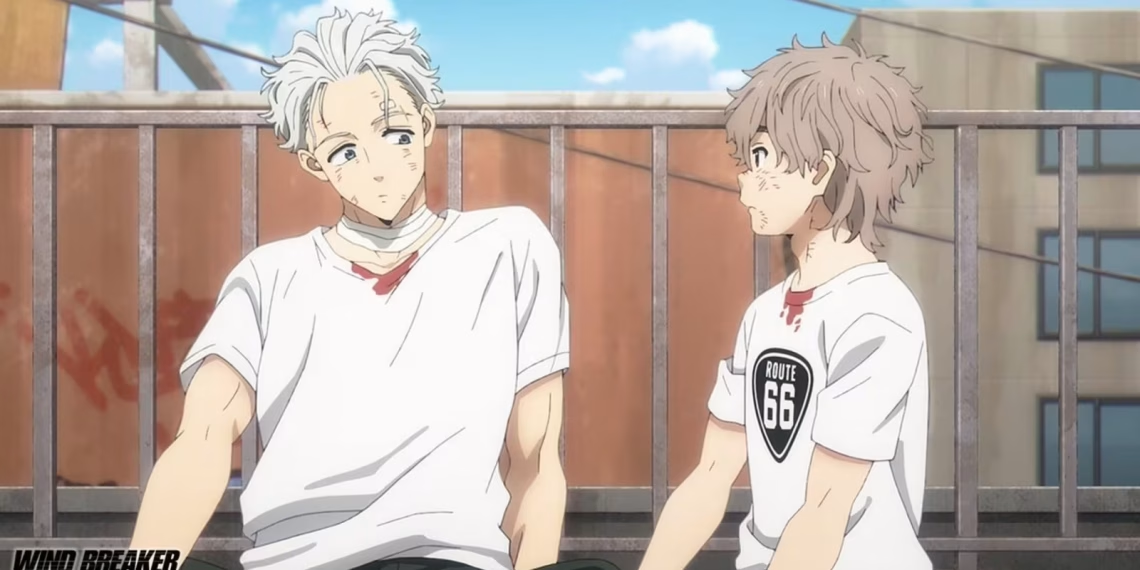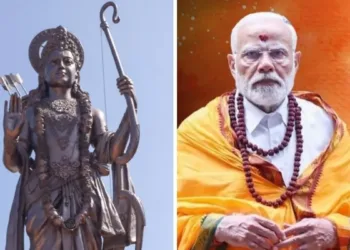Wind Breaker chapter 186 was expected to focus on Kotoha’s troubled past and how Umemiya helped her. Officially released on Wednesday, July 23, 2025, at 12 am, the chapter indeed followed the same. This emotionally charged chapter delivers one of the most powerful moments in Satoru Nii’s acclaimed manga series, showcasing the deep bond between adoptive siblings and the healing power of forgiveness.
Table of Contents
Wind Breaker Kotoha’s Emotional Breaking Point
The chapter opens with Kotoha Tachibana facing her deepest fears and regrets. As the beloved café owner who has always been the pillar of strength for others, seeing her vulnerable side creates a profound impact on readers. Her breakdown represents years of suppressed guilt and self-blame that finally surface in this pivotal moment.

Key Emotional Triggers:
- Past trauma resurfacing unexpectedly
- Guilt over decisions that affected loved ones
- Fear of disappointing those who depend on her
- Struggle with self-forgiveness
Umemiya’s Leadership Through Compassion
Umemiya remains rooted and level-headed. He tells her that if the world expects her to forgive to move forward, then she should start by forgiving herself. He kneels in front of her, still holding her hand, and softly repeats that message. This scene perfectly encapsulates why Hajime Umemiya is such an effective leader of Bofurin.
His approach demonstrates mature emotional intelligence, showing that true strength lies not in physical power but in the ability to guide others through their darkest moments with patience and understanding.

Character Development Breakdown
| Character | Growth Shown | Impact on Story | Future Implications |
|---|---|---|---|
| Kotoha Tachibana | Vulnerability acceptance | Humanizes strong character | Deeper brother-sister bond |
| Hajime Umemiya | Emotional maturity | Reinforces leadership qualities | Stronger team foundation |
| Bofurin Members | Witnessing true leadership | Understanding support systems | Enhanced group dynamics |
The Psychology of Self-Forgiveness
Umemiya’s advice about self-forgiveness resonates deeply within Wind Breaker’s themes of redemption and growth. The manga consistently explores how past mistakes don’t define a person’s future, but healing requires acknowledging pain and choosing to move forward.
Therapeutic Elements:
- Active Listening: Umemiya doesn’t rush to provide solutions
- Physical Comfort: The gentle hand-holding shows non-verbal support
- Reframing Perspective: Shifting focus from external to internal forgiveness
- Patience: Allowing emotions to be processed naturally
Art and Storytelling Excellence
Satoru Nii’s artwork shines in this chapter, particularly in depicting raw emotion through facial expressions and body language. The contrast between Kotoha’s breakdown and Umemiya’s steady presence creates visual storytelling that enhances the written narrative.
Visual Storytelling Highlights:
- Detailed emotional expressions capturing vulnerability
- Strategic panel layouts building tension and release
- Symbolic imagery reinforcing themes of support and healing
Impact on Wind Breaker’s Overarching Narrative
This chapter strengthens the series’ foundation by exploring the personal struggles that shape its characters. Rather than focusing solely on delinquent battles, Wind Breaker continues to prioritize emotional depth and character relationships.
The scene reinforces the manga’s central message that true strength comes from community support and personal growth, not just physical dominance.
Fan Reception and Community Response
Early reader reactions show overwhelming positive response to this chapter’s emotional authenticity. Fans appreciate seeing Kotoha’s vulnerable side while celebrating Umemiya’s mature handling of the situation.
The chapter has sparked discussions about mental health representation in manga and the importance of showing strong characters dealing with personal struggles.
For more Wind Breaker character analysis and manga reviews, check out our comprehensive anime guide and character development discussions.
What This Means for Future Chapters
This emotional breakthrough likely sets the stage for stronger character bonds and potentially new story arcs exploring other characters’ hidden struggles. The vulnerability shown here may encourage other Bofurin members to open up about their own past traumas.
Themes Explored in Chapter 186
Self-Acceptance: Learning to forgive oneself for past mistakes Brotherhood: The unconditional support between adoptive siblings
Leadership: Guiding others through emotional crises with wisdom Healing: The process of confronting and working through trauma
Conclusion
Wind Breaker Chapter 186 stands as a testament to Satoru Nii’s ability to blend action-packed delinquent stories with profound emotional depth. The chapter’s focus on self-forgiveness and sibling support creates a powerful narrative that resonates beyond typical manga tropes.
This pivotal moment in the series reminds readers that healing happens through connection, understanding, and the courage to be vulnerable with those who truly care about us.
For official Wind Breaker updates and news, visit the Wind Breaker anime website and explore our latest manga coverage for more in-depth analysis.
Frequently Asked Questions
Q: Why is Kotoha’s breakdown significant for her character development?
A: Kotoha has always been portrayed as the strong, supportive figure who takes care of others. Her breakdown humanizes her character and shows that even the strongest people need support sometimes. This vulnerability makes her more relatable and adds depth to her relationship with Umemiya, demonstrating that their bond goes beyond typical sibling dynamics.
Q: How does Umemiya’s response reflect his growth as a leader?
A: Umemiya’s calm, patient response shows his evolution from just being physically strong to being emotionally intelligent. His ability to provide exactly the right words and comfort demonstrates true leadership – knowing when to listen, when to speak, and how to guide someone through their darkest moments without judgment or rushing the healing process.








